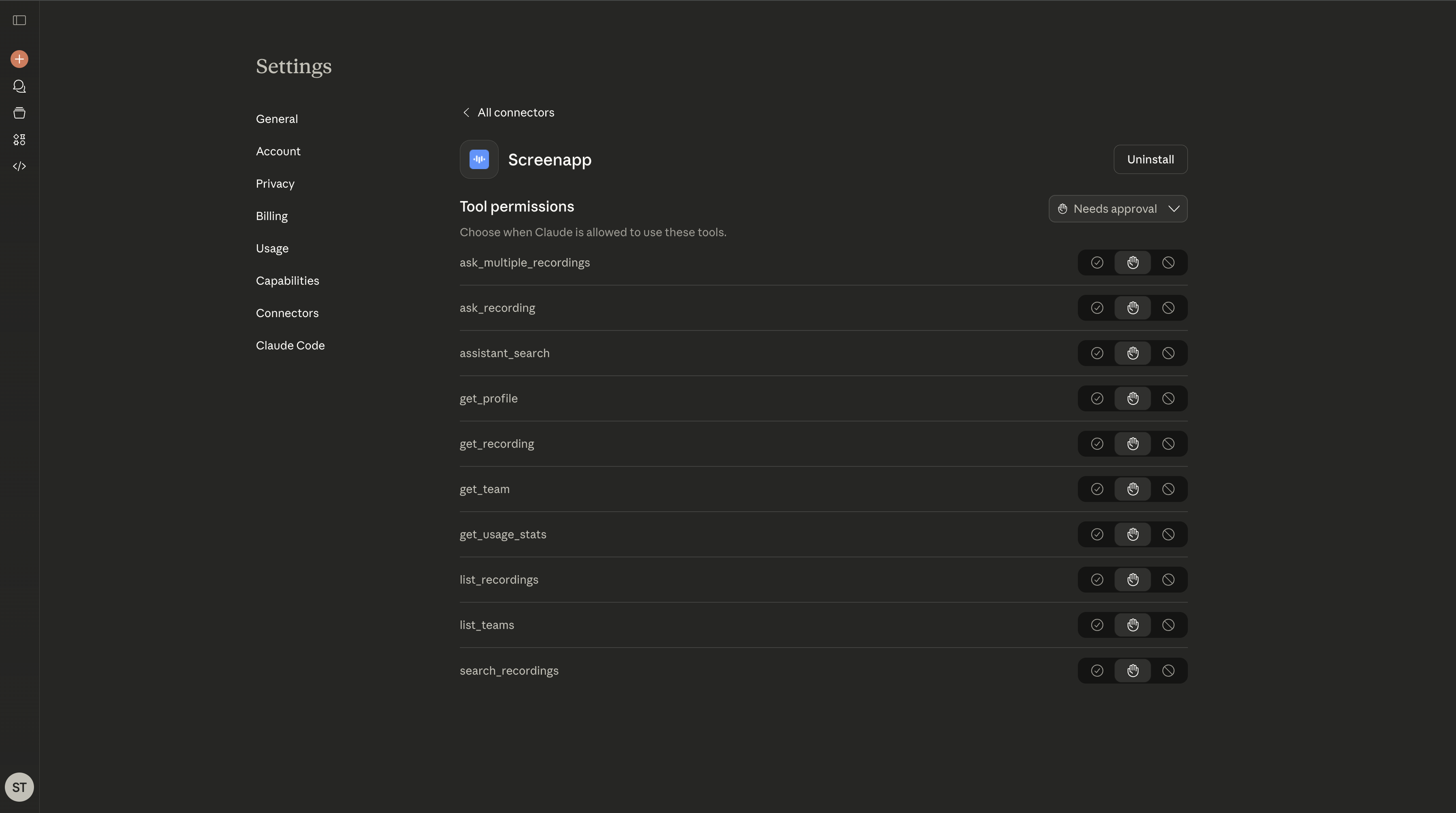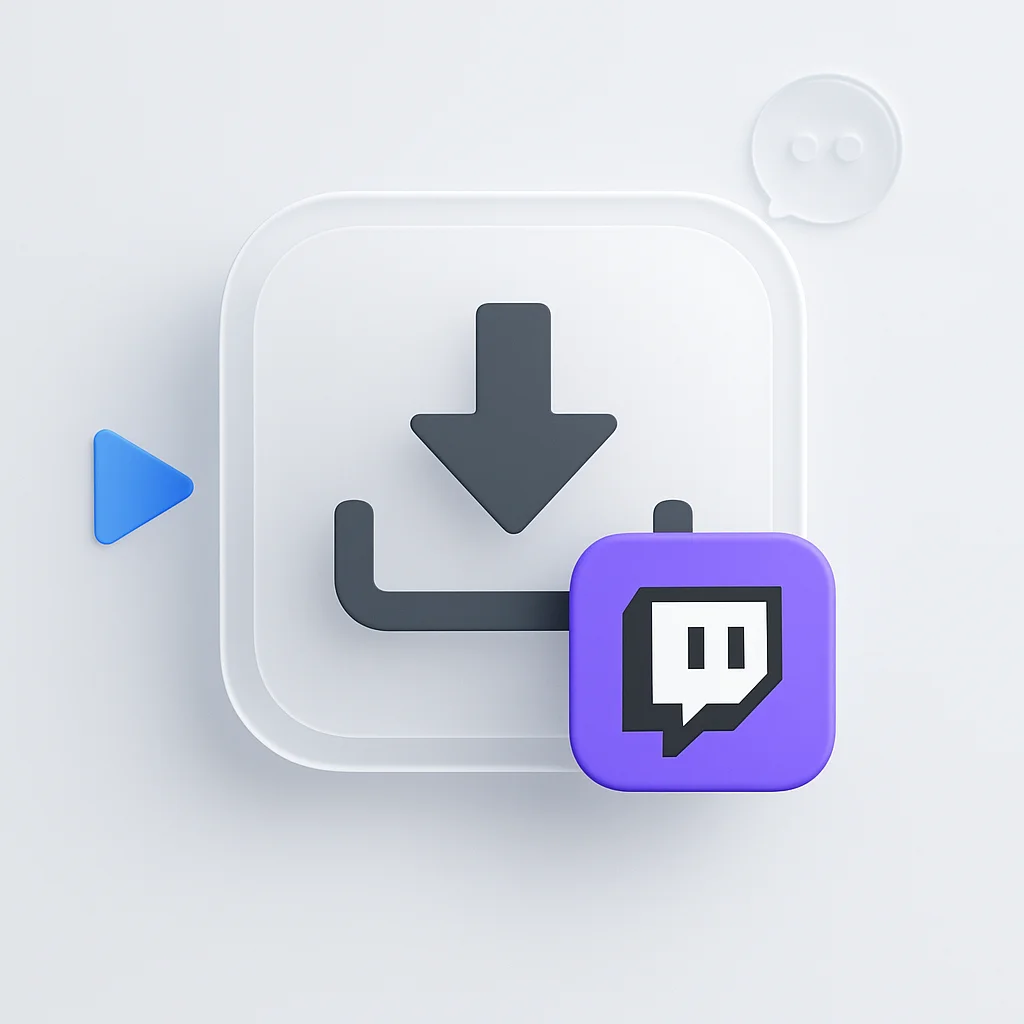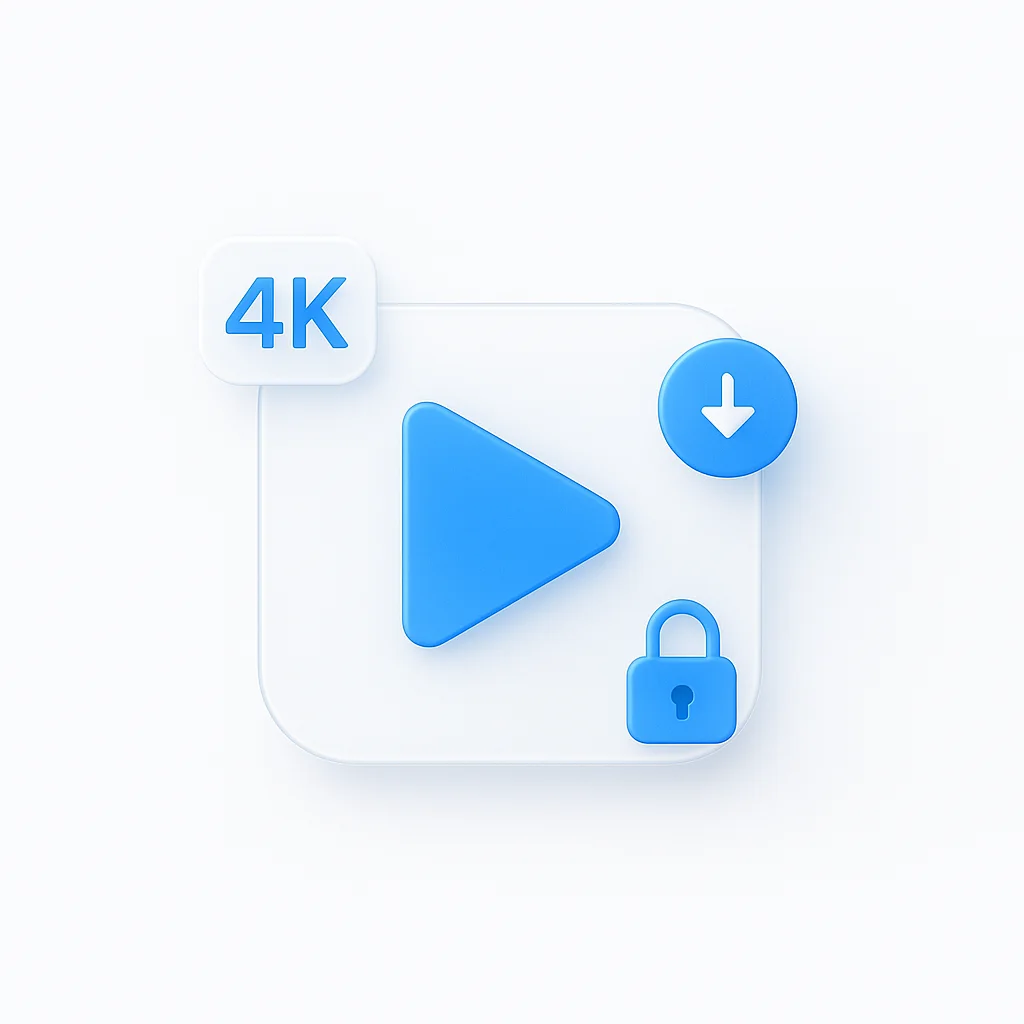Avoiding copyright strikes on TikTok is crucial for content creators. A single copyright violation can result in video removal, account restrictions, or even permanent bans. This comprehensive guide shows you exactly how to check copyright before uploading videos to TikTok, protecting your content and account.
Why Copyright Matters on TikTok
TikTok’s copyright enforcement is among the strictest in social media. The platform uses advanced AI detection systems that automatically scan uploaded content against massive databases of copyrighted material.
What Happens When You Upload Copyrighted Content?
Immediate Consequences
- Video Removal: Content gets taken down within minutes
- Audio Muting: Copyrighted music gets replaced with silence
- Account Strikes: Multiple violations lead to restrictions
- Monetization Loss: Creator Fund eligibility affected
According to TikTok’s Copyright Policy, the platform processes over 1 billion copyright takedown requests annually, making it essential to verify content before uploading.
How to Check Music Copyright Before Uploading
Music copyright is the most common issue on TikTok. Here’s how to verify if music is safe to use:
Method 1: TikTok’s Built-in Music Library
Access TikTok's Commercial Music Library
Open TikTok Creator Tools → Commercial Music Library to browse licensed tracks
Search for Your Desired Track
Use the search function to find specific songs or browse by genre
Verify Licensing Status
Check the licensing information displayed for each track
Use Licensed Music Only
Only use tracks marked as "Commercial Use Allowed" or "Creator Fund Eligible"
Method 2: Third-Party Copyright Check Tools
🔍 Best Copyright Check Tools
Shazam
Free • Instant identification • 99% accuracy
ACRCloud
Paid • API access • Bulk checking
AudD
Freemium • Good accuracy • Easy to use
How to Check Video Content Copyright
Video clips, movie scenes, and TV show excerpts are heavily monitored on TikTok. Here’s how to verify video content:
Method 1: Manual Visual Recognition
🎬 Visual Content Check Process
- Identify the Source: Determine if the video comes from movies, TV shows, or other copyrighted content
- Check Duration: Even short clips (under 10 seconds) can trigger copyright claims
- Look for Watermarks: Network logos, studio marks, or production company identifiers
- Verify Quality: Professional production quality often indicates copyrighted material
- Research Online: Use reverse image search to identify the original source
Red Flags: Any content from major studios, networks, or streaming platforms is likely copyrighted
Method 2: Automated Video Copyright Detection
Content ID Systems
How TikTok's AI detects copyrighted video content automatically
TikTok uses Content ID technology similar to YouTube's system. It creates digital fingerprints of copyrighted content and compares uploaded videos against this database in real-time. Even heavily edited clips can be detected through audio and visual fingerprinting.
✅ What Gets Detected
- Original audio tracks from movies/TV
- Visual scenes with distinctive elements
- Dialogue from copyrighted content
- Background music from commercial releases
- Even heavily edited or cropped clips
❌ Detection Limitations
- May miss very short clips (under 3 seconds)
- Sometimes fails with heavily distorted audio
- Can't detect content not in their database
- May have false positives with similar content
How to Check Image Copyright
Images, memes, and graphics also need copyright verification:
Method 1: Reverse Image Search
🔍 Reverse Image Search Process
Use Google Images
Upload your image to images.google.com and click the camera icon
Check TinEye
Use tineye.com for additional reverse search results
Verify Source
Check if the image appears on stock photo sites, news outlets, or official accounts
Method 2: Stock Photo Verification
💡 Pro Tip: Safe Image Sources
Always use images from these verified sources:
- Free Stock Sites: Unsplash, Pexels, Pixabay (with attribution)
- Creative Commons: Flickr, Wikimedia Commons
- Your Own Content: Original photos and graphics you created
- Public Domain: Images with expired copyrights
Avoid: Getty Images, Shutterstock, or any premium stock photos without proper licensing
Best Tools and Methods for Copyright Checking
6 Essential Copyright Checking Tools
Shazam
Instant music identification for copyright checking
The most reliable tool for identifying copyrighted music. Simply play or upload audio to instantly identify songs, artists, and copyright holders. Essential for checking if music is copyrighted before using in TikTok videos.
Best For
- Music identification
- Copyright verification
- Artist discovery
- Instant results
✅ Pros
- 99% accuracy rate
- Instant identification
- Free mobile app
- Massive music database
❌ Cons
- Limited to music only
- Requires clear audio
- No batch processing
TinEye
Advanced reverse image search for copyright verification
Professional-grade reverse image search that finds where images appear online, including stock photo sites, news outlets, and social media. Perfect for verifying if images are copyrighted or available for use.
Best For
- Image copyright checking
- Source verification
- Stock photo detection
- Professional analysis
✅ Pros
- Comprehensive image database
- Detailed usage reports
- API access available
- High accuracy
❌ Cons
- Limited free searches
- Paid plans required for heavy use
- May miss recent uploads
YouTube Content ID Checker
Test video content against YouTube's copyright database
Upload videos as private/unlisted to YouTube to test against Content ID system. This reveals if your content matches copyrighted material before publishing on TikTok. The most comprehensive video copyright detection available.
Best For
- Video copyright testing
- Audio detection
- Visual content checking
- Pre-upload verification
✅ Pros
- Most comprehensive database
- Detects audio and visual content
- Free to use
- Real-time results
❌ Cons
- Requires YouTube account
- Upload time required
- May have false positives
ACRCloud
Professional API service for audio and video fingerprinting
Enterprise-grade audio and video fingerprinting service used by major platforms. Provides detailed copyright information, licensing details, and usage rights. Ideal for content creators who need professional-grade verification.
Best For
- Professional verification
- API integration
- Bulk processing
- Detailed reports
✅ Pros
- Industry-standard accuracy
- Detailed licensing info
- API for automation
- Professional support
❌ Cons
- Paid service only
- Requires technical setup
- Overkill for casual users
Google Images
Free reverse image search for basic copyright checking
Google's reverse image search is the most accessible tool for checking image copyrights. Upload images or paste URLs to find where they appear online, helping identify if content is copyrighted or available for use.
Best For
- Quick image checks
- Free verification
- Easy to use
- Wide coverage
✅ Pros
- Completely free
- Easy to use
- No registration required
- Good coverage
❌ Cons
- Less detailed than TinEye
- May miss some sources
- No usage analytics
TikTok Commercial Music Library
TikTok's official library of copyright-safe music
TikTok's built-in Commercial Music Library contains thousands of licensed tracks safe for commercial use. This is the most reliable source for copyright-free music specifically designed for TikTok content creation.
Best For
- Copyright-safe music
- TikTok optimization
- Commercial use
- Creator Fund eligibility
✅ Pros
- 100% copyright safe
- Optimized for TikTok
- No additional verification needed
- Creator Fund compatible
❌ Cons
- Limited selection
- TikTok-only usage
- May lack popular songs
Best Practices for Copyright Compliance
Pre-Upload Checklist
✅ Copyright Compliance Checklist
Common Copyright Mistakes to Avoid
Using Popular Songs
Even 10-second clips of chart-topping songs will trigger copyright claims. Stick to TikTok's licensed music library.
Movie/TV Show Clips
Any visual content from movies, TV shows, or streaming platforms is copyrighted, regardless of length.
Stock Photos Without License
Using premium stock photos without proper licensing will result in takedown notices and potential legal action.
Ignoring Attribution Requirements
Some free content requires attribution. Always check licensing terms and provide proper credit.
Advanced Copyright Protection Strategies
Creating Copyright-Safe Content
Original Music Creation
Create your own music using free tools like GarageBand, Audacity, or online beat makers. This ensures complete copyright freedom.
Original Video Content
Film your own content, use screen recordings of your own work, or create original animations and graphics.
Custom Graphics
Design your own thumbnails, overlays, and graphics using Canva, Figma, or other design tools with free elements.
Educational Content
Create tutorials, reviews, or educational content using fair use principles with proper commentary and analysis.
Frequently Asked Questions
There's no safe duration for copyrighted music. TikTok's Content ID system can detect even 3-second clips. The detection happens in real-time during upload, not after posting.
Giving credit doesn't make copyrighted content legal to use. You still need proper licensing or permission from the copyright holder. Attribution is required for some free content, but doesn't override copyright restrictions.
First strike: Video removal and warning. Multiple strikes: Account restrictions, loss of monetization features, and potential permanent ban. Strikes can be appealed if you believe the claim is incorrect.
Only if you have explicit permission. Even if another creator used copyrighted content without issues, that doesn't make it legal for you to use. Always get permission or use original content.
Test upload to YouTube as a private video to check Content ID matches. Use music identification apps like Shazam for audio. Run reverse image searches for visual content. When in doubt, use only original or properly licensed content.
Fair use is a complex legal doctrine that doesn't guarantee protection from copyright claims. TikTok's automated systems don't recognize fair use - they simply detect copyrighted content. For educational or commentary content, consult a legal professional.
Conclusion: Protect Your TikTok Account
Key Takeaways
Successfully avoiding copyright issues on TikTok requires proactive verification of all content before uploading. The platform’s automated detection systems are sophisticated and will catch copyrighted material regardless of duration or modification.
Final Recommendations
For Music: Always use TikTok’s Commercial Music Library or create original content. Never assume short clips are safe.
For Video: Create original content or use properly licensed material. Movie/TV clips will always trigger claims.
For Images: Use free stock photo sites with proper attribution or create your own graphics.
For Everything: When in doubt, don’t upload. It’s better to create original content than risk account penalties.
Professional Content Management
For creators who regularly produce content, consider using professional tools like ScreenApp’s AI Screen Recorder to create original screen recordings with automatic transcription. This ensures you have complete copyright control over your content while maintaining professional quality.
The key to long-term success on TikTok is building a content strategy around original, copyright-safe material. By following these guidelines and using the tools and methods outlined in this guide, you can protect your account and focus on creating engaging content without copyright concerns.
Ready to create copyright-safe content? Start with TikTok’s Commercial Music Library and build your content strategy around original material. Your account’s future depends on it.






